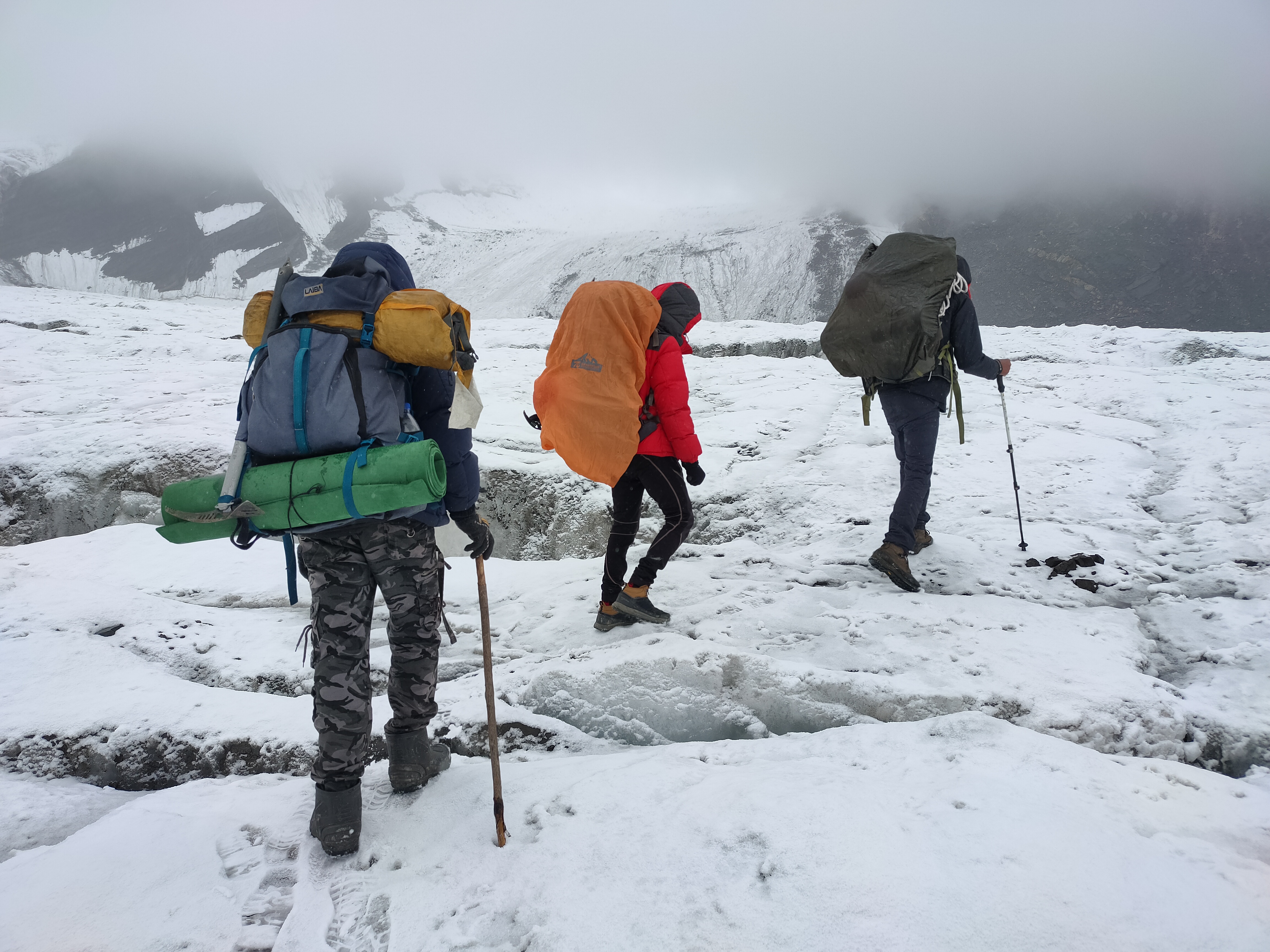Ensuring Mountain Safety and Risk Management: A Comprehensive Guide for Adventurers
AdvenThrill
Mountainous terrains have long captivated the hearts of adventurous souls, offering breathtaking vistas and exhilarating challenges. However, the allure of these majestic peaks comes hand in hand with inherent risks that demand meticulous safety precautions and efficient risk management. In this article, we delve into the essential safety measures for mountaineering, encompassing avalanche awareness, weather monitoring, emergency preparedness, first aid, rescue techniques, and tips for risk assessment to empower mountaineers with the knowledge needed to make informed decisions and ensure their safety.
Avalanche Awareness: Taming Nature's Wrath
Mountaineers must develop a deep understanding of avalanches, their causes, and methods of prevention. Comprehensive avalanche awareness includes recognizing potential avalanche terrain, understanding snowpack stability, and employing effective techniques such as slope angle assessment and route selection. Utilizing modern avalanche safety gear like transceivers, shovels, and probes is paramount, along with undergoing specialized avalanche education and training to enhance decision-making skills in avalanche-prone environments.

Weather Monitoring: Staying Ahead of Nature's Fury
Mountain weather can be unpredictable and subject to rapid changes. Therefore, meticulous weather monitoring is crucial for mountaineers. It involves staying informed through reliable sources such as local weather stations, forecasting services, and government agencies. Understanding weather patterns, recognizing signs of impending storms or adverse conditions, and adjusting plans accordingly are vital elements of effective risk management in the mountains.

Emergency Preparedness: Equipped for the Unexpected
Mountaineers must always be prepared for emergencies. Carrying essential survival equipment, including navigation tools, extra clothing, food, water, and a first aid kit, is a fundamental requirement. Additionally, communication devices like satellite phones or emergency beacons facilitate rescue efforts in case of unexpected events. Familiarity with emergency procedures, such as creating emergency shelters, administering self-rescue techniques, and signaling distress, is essential for mitigating risks and ensuring a safe outcome.

First Aid: A Lifeline in Remote Environments
In the mountains, professional medical assistance is not always readily available. Hence, mountaineers should possess a solid foundation in first aid techniques. Acquiring certification in wilderness first aid equips adventurers with the skills to manage injuries, trauma, altitude sickness, hypothermia, and other common mountain-related medical conditions. Having a thorough understanding of evacuation procedures and improvising medical solutions in remote environments can make a crucial difference in life-or-death situations.

Rescue Techniques: Collaboration in Critical Moments
Despite meticulous planning and precautionary measures, emergencies can still occur. In such instances, effective rescue techniques can be life-saving. Mountaineers should be proficient in self-rescue, including techniques for ascending, descending, and navigating challenging terrains. Moreover, understanding basic rope and anchor systems, evacuation strategies, and improvising rescue equipment can aid in both self-rescue and assisting others in distress. Collaborating with rescue organizations and building a network of fellow mountaineers can further enhance the efficiency of rescue operations.

Tips for Risk Assessment: Empowering Informed Decisions
In addition to specific safety measures, mountaineers must develop strong risk assessment skills to make informed decisions in high-stakes environments. Some essential tips for risk assessment include:
Evaluating personal fitness, experience, and skill levels before attempting challenging climbs.
Conducting thorough research and gathering information on the mountain, route, and potential hazards.
Consulting with experienced mountaineers, local guides, and relevant authorities for up-to-date information and expert advice.
Assessing current and forecasted weather conditions, including temperature, wind speed, precipitation, and visibility.
Being aware of individual and group limitations, and not succumbing to peer pressure or summit fever.
Regularly reassessing risks during the expedition and being prepared to alter plans or turn back if necessary.

Mountaineering offers unparalleled adventure, but the risks associated with mountain environments demand meticulous safety precautions and efficient risk management. By prioritizing avalanche awareness, weather monitoring, emergency preparedness, first aid knowledge, rescue techniques, and informed decision-making, mountaineers can minimize risks and ensure a safe and fulfilling experience. Remember, while the mountains may test our limits, proper preparation and risk management are the keys to conquering these majestic peaks with utmost safety.